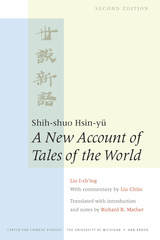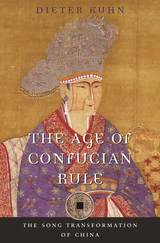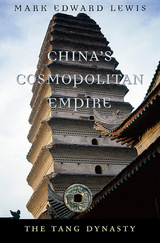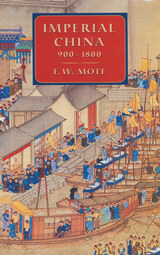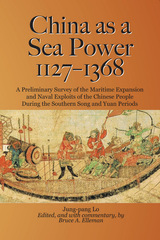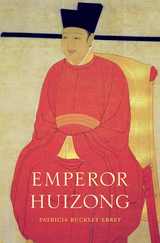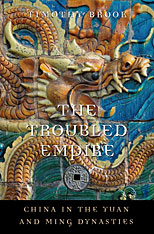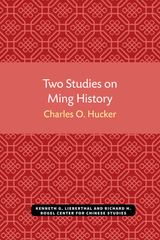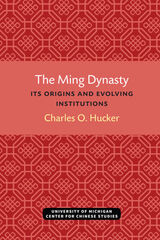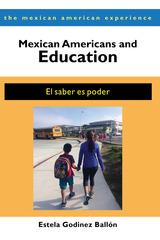Emperor Huizong and Late Northern Song China: The Politics of Culture and the Culture of Politics
Harvard University Press, 2006
Cloth: 978-0-674-02127-3
Library of Congress Classification DS751.E67 2006
Dewey Decimal Classification 951.024092
Cloth: 978-0-674-02127-3
Library of Congress Classification DS751.E67 2006
Dewey Decimal Classification 951.024092
ABOUT THIS BOOK | REVIEWS
ABOUT THIS BOOK
Huizong was an exceptional emperor who lived through momentous times. A man of many talents, he wrote poetry and created his own distinctive calligraphy style; collected paintings, calligraphies, and antiquities on a large scale; promoted Daoism; and involved himself in the training of court artists, the layout of gardens, and reforms of music and medicine. The quarter century when Huizong ruled is just as fascinating. The greatly enlarged scholar-official class had come into its own but was deeply divided by factional strife. The long struggle between the Chinese state and its northern neighbors entered a new phase when Song proved unable to defend itself against the newly emergent Jurchen state of Jin. Huizong and thousands of members of his family and court were taken captive, and the Song dynasty had to recreate itself in the South.
See other books on: Bol, Peter K. | Ebrey, Patricia Buckley | Egan, Ronald C. | Lam, Joseph S. C. | Song dynasty, 960-1279
See other titles from Harvard University Press

